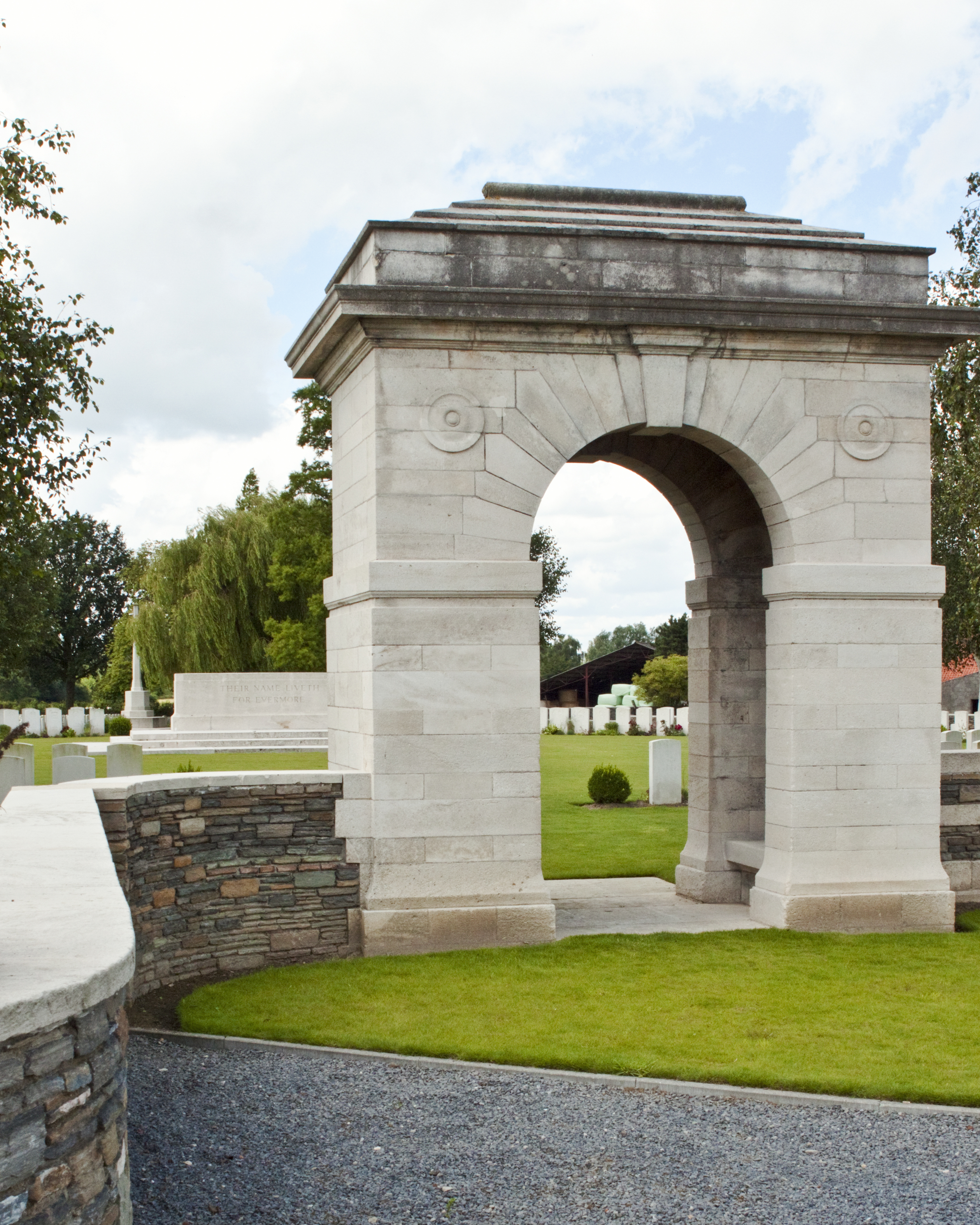43rd Battalion (Cameron Highlanders Of Canada), CEF on:
[Wikipedia]
[Google]
[Amazon]

 The 43rd Battalion (Cameron Highlanders of Canada), CEF, was an
The 43rd Battalion (Cameron Highlanders of Canada), CEF, was an

infantry
Infantry is a military specialization which engages in ground combat on foot. Infantry generally consists of light infantry, mountain infantry, motorized infantry & mechanized infantry, airborne infantry, air assault infantry, and marine i ...
battalion
A battalion is a military unit, typically consisting of 300 to 1,200 soldiers commanded by a lieutenant colonel, and subdivided into a number of companies (usually each commanded by a major or a captain). In some countries, battalions are ...
of the Canadian Expeditionary Force
The Canadian Expeditionary Force (CEF) was the expeditionary field force of Canada during the First World War. It was formed following Britain’s declaration of war on Germany on 15 August 1914, with an initial strength of one infantry division ...
during the Great War
World War I (28 July 1914 11 November 1918), often abbreviated as WWI, was one of the deadliest global conflicts in history. Belligerents included much of Europe, the Russian Empire, the United States, and the Ottoman Empire, with fightin ...
.
History
The 43rd Battalion was authorized on 7 November 1914, gazetted 18 December, and embarked from Montreal for Britain on HMTS ''Grampian'' 1 June 1915. After arrival at Davenport, England, they proceeded by train to Lower St. Martin's Plains, Shorncliffe, arriving late at night 9 June 1915. The Battalion was briefly designated a Reserve Battalion to absorb casualties from the 15th and 16th Battalions of the 1st Division. Winter was spent in huts at East Sandling. It disembarked in France on 22 February 1916, where it fought as part of the9th Canadian Brigade
The 9th Canadian Infantry Brigade was an infantry brigade of the Canadian Army that saw active service during World War I and World War II as part of the 3rd Canadian Infantry Division. The brigade fought on the Western Front during World War I ...
, 3rd Canadian Division
The 3rd Canadian Division is a formation of the Canadian Army responsible for the command and mobilization of all army units in the provinces of Manitoba, Saskatchewan, Alberta and British Columbia, as well as all units extending westwards from th ...
in France and Flanders until the end of the war. The 43rd returned home on the SS ''Baltic'' from Liverpool to Halifax, 20 March and after a civic welcome celebration, they were demobilized 24 March 1919. The battalion was disbanded on 30 August 1920.
The 43rd Battalion recruited in and was mobilized at Winnipeg, Manitoba
Winnipeg () is the capital and largest city of the province of Manitoba in Canada. It is centred on the confluence of the Red and Assiniboine rivers, near the longitudinal centre of North America. , Winnipeg had a city population of 749,6 ...
.
The 43rd Battalion had five officers commanding:
*Lt-Col. R. MacD. Thomson, 1 June 1915 – 8 October 1916 (wounded, then killed by shellfire near Courcelette, France, Battle of the Somme)
*Lt.-Col. W. Grassie, DSO, 9 October 1916 – 4 November 1917 (he subsequently returned to Canada and resigned his commission in 1918)
*Lt.-Col. W.K. Chandler, 4 November 1917 – 23 December 1917
*Lt-Col. H.M. Urquart, DSO, MC, 23 December 1917 – 16 August 1918 (wounded during the attack against Fresnoy-les-Roye, France, Battle of Amiens)
*Lt.-Col. W.K. Chandler, DSO, 16 August 1918-Demobilization
One member of the 43rd Battalion was awarded the Victoria Cross. Lieutenant Robert Shankland
Robert Shankland (10 October 1887 – 20 January 1968) was a Canadian recipient of the Victoria Cross, the highest and most prestigious award for gallantry in the face of the enemy that can be awarded to British and Commonwealth forces.
...
was presented with the Victoria Cross for his intelligence report and observations at Bellevue Spur, Battle of Passchendaele on 26 October 1917. He had previously been awarded the Distinguished Conduct Medal
The Distinguished Conduct Medal was a decoration established in 1854 by Queen Victoria for gallantry in the field by other ranks of the British Army. It is the oldest British award for gallantry and was a second level military decoration, ranki ...
as a sergeant for leading a stretcher bearer party at Sanctuary Wood
Sanctuary Wood is an area east of Ypres, Belgium which was the site of fighting on the Ypres Salient in World War I.
Memorials
* Hill 62 Memorial
* Sanctuary Wood Commonwealth War Graves Commission Cemetery
* Sanctuary Wood Museum Hill 62
See al ...
in June 1916.
The first Chaplain attached to the battalion was the Reverend Charles William Gordon, who held the rank of Captain, then Major, senior chaplain to the 9th Canadian Brigade
The 9th Canadian Infantry Brigade was an infantry brigade of the Canadian Army that saw active service during World War I and World War II as part of the 3rd Canadian Infantry Division. The brigade fought on the Western Front during World War I ...
. He was well-known throughout Canada as novelist "Ralph Connor." Gordon returned to Canada after the Battle of the Somme. His replacement was Captain George C.F. Pringle who had spent many years in the Klondike.
Perhaps the luckiest of original officers was Major Bartholomew Charlton, formerly with the 79th Overseas Draft, who was wounded five times but returned with the battalion in 1919.
Battle honours
The 43rd Battalion was awarded the following battle honours: * MOUNT SORREL *SOMME, 1916
The Battle of the Somme ( French: Bataille de la Somme), also known as the Somme offensive, was a battle of the First World War fought by the armies of the British Empire and French Third Republic against the German Empire. It took place bet ...
* Flers-Courcelette
*Ancre Heights
The Ancre (; ) is a river of Picardy, France. Rising at Miraumont, a hamlet near the town of Albert, it flows into the Somme at Corbie. It is long. For most of its length it flows through the department of Somme. For a short stretch near P ...
*ARRAS, 1917
The Battle of Arras (also known as the Second Battle of Arras) was a British offensive on the Western Front during the First World War. From 9 April to 16 May 1917, British troops attacked German defences near the French city of Arras on the W ...
, '18
*Vimy, 1917
The Battle of Vimy Ridge was part of the Battle of Arras, in the Pas-de-Calais department of France, during the First World War. The main combatants were the four divisions of the Canadian Corps in the First Army, against three divisions o ...
*HILL 70
The Battle of Hill 70 took place in the First World War between the Canadian Corps and five divisions of the German 6th Army. The battle took place along the Western Front on the outskirts of Lens in the Nord-Pas-de-Calais region of France b ...
*Ypres 1917
Ypres ( , ; nl, Ieper ; vls, Yper; german: Ypern ) is a Belgian city and municipality in the province of West Flanders. Though
the Dutch name is the official one, the city's French name is most commonly used in English. The municipality co ...
* Passchendaele
*AMIENS
Amiens (English: or ; ; pcd, Anmien, or ) is a city and commune in northern France, located north of Paris and south-west of Lille. It is the capital of the Somme department in the region of Hauts-de-France. In 2021, the population of ...
*Scarpe 1918 Scarpe may refer to:
*Scarpe river, in France
*Battle of the Scarpe (disambiguation), four Battles of the Scarpe were fought during World War I
*USS Scarpe (SP-713), a United States Navy ship
*Scarpe Mountain Scarpe may refer to:
* Scarpe river, i ...
* Drocourt-Quéant
*HINDENBURG LINE
The Hindenburg Line (German: , Siegfried Position) was a German defensive position built during the winter of 1916–1917 on the Western Front during the First World War. The line ran from Arras to Laffaux, near Soissons on the Aisne. In 191 ...
*Canal du Nord
The Canal du Nord (, literally ''Canal of the North'') is a long canal in northern France. The canal connects the Canal latéral à l'Oise at Pont-l'Évêque to the Sensée Canal at Arleux. The French government, in partnership with coal-min ...
*PURSUIT TO MONS
Pursuit may refer to:
Arts and entertainment
Films
* ''Pursuit'' (1935 film), a 1935 American action film
* ''Pursuit'' (1972 American film), a made-for-TV film directed by Michael Crichton
* ''Pursuit'' (1972 Hong Kong film), a Shaw Brot ...
* FRANCE AND FLANDERS, 1916-18
Perpetuation
The 43rd Battalion (Cameron Highlanders of Canada), CEF, is perpetuated byThe Queen's Own Cameron Highlanders of Canada
(Ready)
, colors =
, colors_label =
, march = " The Piobaireachd of Donald Dhu" and "March of the Cameron Men"
, mascot =
, equipment ...
.Canadian Forces Publication A-DH-267-003 Insignia and Lineages of the Canadian Forces. Volume 3: Combat Arms Regiments.
See also
*List of infantry battalions in the Canadian Expeditionary Force
During the First World War, the Canadian Army authorized the formation of 260 infantry battalions to serve in the Canadian Expeditionary Force. Only fifty-three of these battalions ever reached the front lines. The remaining battalions, most oft ...
References
{{reflistSources
*The Queen's Own Cameron Highlanders of Canada, Twenty-Fifth Anniversary Souvenir, ed. by Lt-Col. J.D. Sinclair, Winnipeg, Manitoba, 1935 *Canadian Expeditionary Force 1914-1919 by Col. G.W.L. Nicholson, CD, Queen's Printer, Ottawa, Ontario, 1962 *Postscript To Adventure, the Autobiography of Ralph Connor by Charles W. Gordon, Hodder and Stoughton, London, 1938; reprinted McClelland and Stewart, Toronto, 1975 *Tillicums of the Trail by George C.F. Pringle, McClelland and Stewart, Toronto, 1922 *Adventures in Service by George C.F. Pringle, McClelland and Stewart, Toronto, 1929 043 Military units and formations of Manitoba Queen's Own Cameron Highlanders of Canada